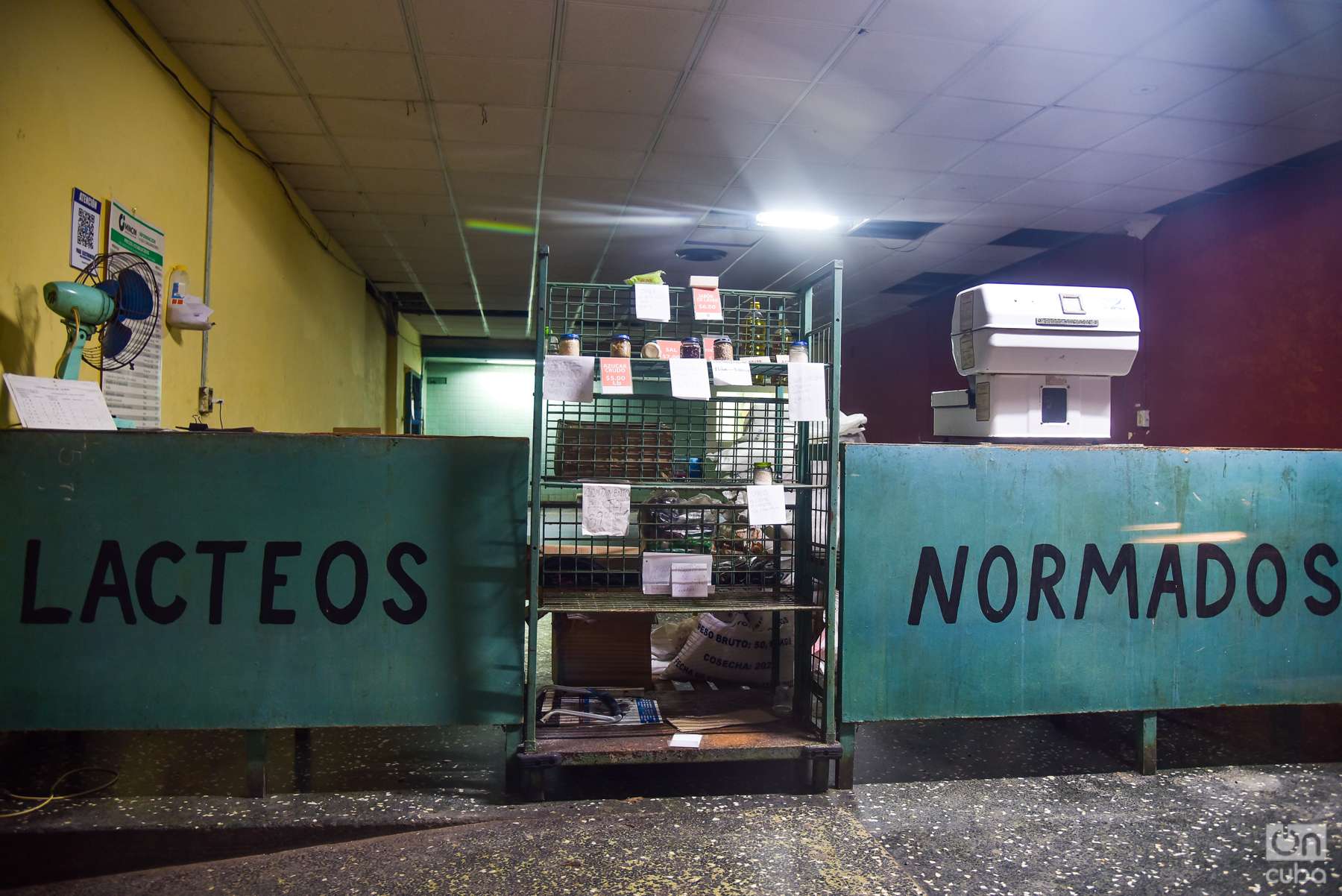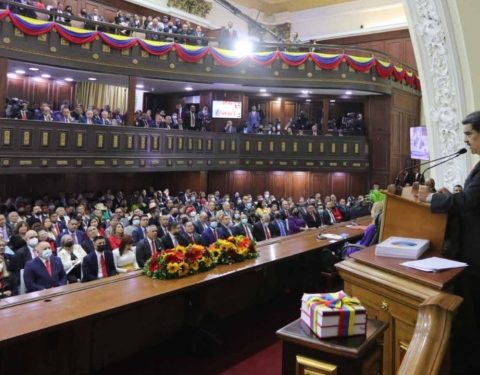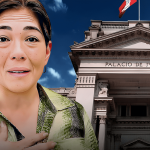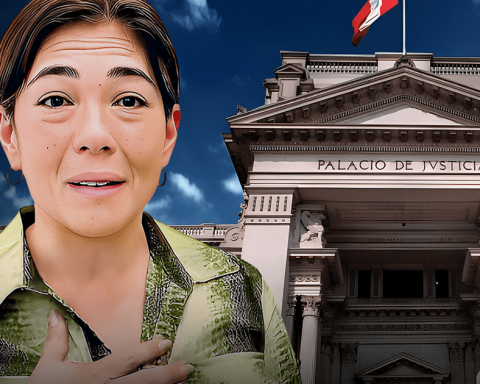In his speech at the last session of the National Assembly of People’s Power, the Minister of Economy enunciated a group of prioritized objectives that I reproduce below:
- Advance in the macroeconomic stabilization of the country.
- Consolidate the restructuring of the foreign currency allocation mechanism of the economy.
- Continue advancing in the recovery of capacities of the National Electric System and accelerate the introduction of Renewable Energy Sources.
- Advance in the reduction of inequalities.
- Consolidate the process of decentralization of powers to the territories.
- Advance in the integral transformation of the socialist state enterprise.
All of them, without a doubt, are important and practically decisive in the efforts to overcome the crisis that Cuba has been suffering.
They all put productive capacities in tension, but they also put other capacities to the test, those associated with the ability to unlearn and learn, in a determined time; They also put to the test the policy coordination mechanism, essential to achieve those purposes and achieve the essential coherence that contributes to the recovery of the economy, something that has failed in recent years, despite the effort to achieve it.
It is always easier to say it than to put it on good terms, because it is not about working in laboratory conditions and because the assumption of ceteris paribusthat which we economists use so much on most occasions is just that, an assumption that we generally do not find in real life.
The what and the how
Of all these objectives, the most ambitious in my opinion is the first. The need for a macroeconomic stabilization program is something that does not bear any discussion.
Many of our best economists, inside and outside academia, have not only supported it over and over again, but have made concrete proposals about it, in an effort to not only identify the “what” but also to contribute to the “how”. ”.
For economists, especially for those who were trained after the 1990s, it is a familiar concept; for others who were trained before that last decade of the 20th century, it may not be so. I don’t think that for the general public it is a commonly used concept.
At the risk of being very elementary, macroeconomic stability can be assumed as the absence of excessive fluctuations in the most important macroeconomic variables of a country, among which are GDP, inflation, the level of employment, and it is also usually incorporated into some variable definitions. of the external sector, such as external debt or the debt/GDP ratio.
A “desired state” in terms of macroeconomic stability would be one in which inflation is low and stable, GDP grows steadily at moderate rates; the fiscal deficit in relation to GDP does not exceed 5%; the external debt/GDP ratio is low: the interest rate is low and stable in the medium and long term and the currency is stable.
Under these conditions, confidence is generated in economic agents while present and future uncertainty is reduced and a good “business environment” should also be created.
Certainly few countries have achieved something like this for very long. It is also true that the situation described above is closer to the conditions of developed countries than to the realities of underdeveloped countries.
Macroeconomic stabilization programs then respond to the need to correct those imbalances and achieve their sustainability over time. There is a significant production of literature in this regard and logically different theoretical and ideological positions regarding the effectiveness of these programs, their social cost and the real impact on the growth of a country.
Among the best known, discussed, and criticized have been the stabilization programs recommended by the International Monetary Fund since the 1950s, whose application in Latin America, almost as a general recipe, consolidated the rise of neoliberalism and generated high social costs. , at the same time that it promoted a specialization that promoted the re-primarization of their economies.
Macroeconomics and stability
However, it seems very evident that an economy that exhibits strong imbalances in the behavior of the most important macroeconomic variables can do little in terms of growth. The Cuban economy is in that situation.
On the one hand, it exhibits sustained price growth that has led to the largest inflationary process the country has ever experienced. On the other hand, the Cuban production system is barely showing signs of growth, a situation that can be described as stagflation.
Hence the need to implement a macroeconomic stabilization program that at the same time makes it possible to adjust demand, especially in the short term, and promote reforms within the productive system that produce structural changes.
The time factor
It is a highly complex purpose, firstly because the time variable is decisive, secondly because there are external restrictions that magnify the cost of any effort, thirdly because it will require assuming high costs in economic, political and social terms and the margin of maneuver to reduce those costs. it is not very wide.
Time is decisive because the delay in the application of a group of actions can reduce the positive effects of the program or even turn them into their opposite and because there are politically acceptable time limits in terms of “touching the improvements” that the program must produce. In this sense, the evidence of these years shows that the time resource has not been well considered.
external constraints
Then we have a group of external restrictions about which Cuba can do little or nothing and which in the short term it seems will not change substantially. Blockade, war in Ukraine, conflicts between great powers that have led and are leading to trade wars, volatility of international prices, uncertainties about world trade trends, etc.
The fact that the world and the global economy are not doing well at all is good for Cuba and even less so for undertaking a macroeconomic stabilization program. This combination means that Cuba’s possibility of accessing foreign capital flows is very limited.
The starting conditions also give another magnitude to the task. We have come back or we are immersed in the failure of the Ordering Task, something done halfway and at the wrong time, which did not produce the necessary microeconomic adjustment at the business level and charged, for the second time, the costs of the adjustment on the population, substantially reducing income real (salary and pensions).

Three rates and one dollarization
The Regulation, far from achieving exchange and monetary unification, has “given birth” to three exchange rates plus a dollarization – not at all partial – of the economy, as well as the increase in the informal market accompanied by an inflationary process that is difficult to control.
Cuba also continues dragging debt commitments not honored in the established time, delays in payment to suppliers and this week in London, it is facing a very difficult legal processagainst an investment fund that bought the country’s payment commitments in the secondary debt market.
This stabilization program should attend to those causes of inflation that can be manageable in the short term, but at the same time it should promote structural reforms in the Cuban productive system that manage to sustain the desired balances over time.
Without deep structural changes, without institutional transformations consistent with those changes, it is very probable that the situation that the national economy and our society are facing today will be reproduced with worse colors in a not very long period of time.
Cutting fiscal spending and improving the efficiency in the use of fiscal resources in such a way that part of these cuts are reallocated to projects that increase productivity and efficiency is one of those essential measures. But the room for maneuver is very narrow.
Reduce spending; reduce state bureaucracy
72% of the budget’s current expenses are concentrated in the social sector. Cutting these expenses without affecting the coverage and quality of these programs is very difficult, although there are always possibilities to modernize and adapt the systems and to reduce the associated bureaucracy, part of which may be expendable.
To give you an idea, there are more budgeted entities (2,411) than state companies (1,951). Isn’t it possible to resize that device? There are 882 entities in public administration, defense and security, almost three times the number in education (269) and twice the number in public health (491).
For the year 2023, despite the increase in budget revenues by 17% and planning a deficit of 68 128 million pesosless than that of the previous year, it will reach two digits as a proportion of GDP.
But it is also necessary to subject the state business sector to a deep scrutiny. This year it is planned to reduce companies with losses from more than 400 in 2022 to just eighty. Do these 1,951 companies constitute fundamental means of production?
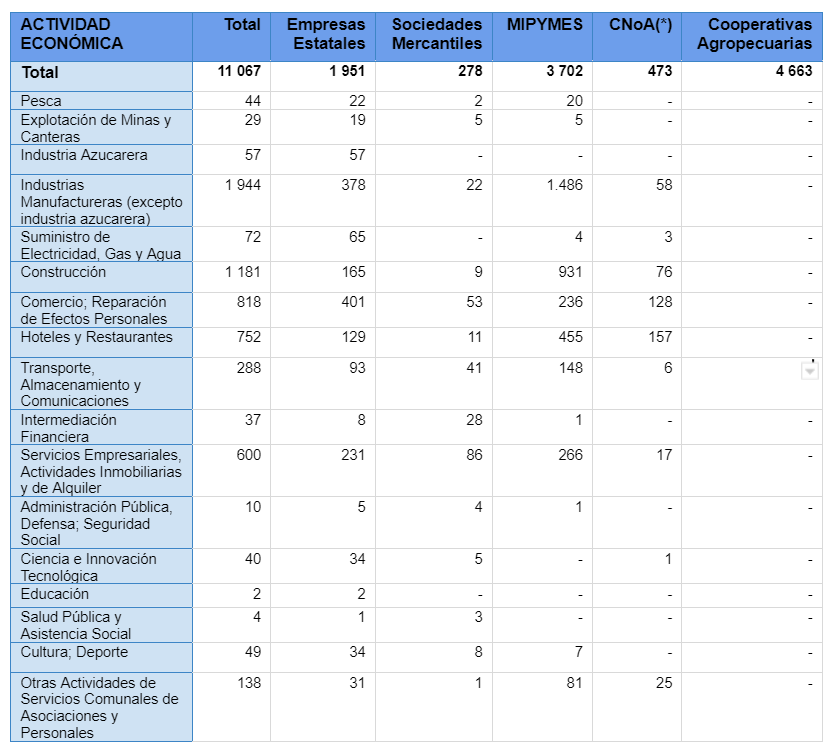
Are these 401 companies in the personal effects trade and repair sector fundamental means of production? Are all those 129 companies in hotels and restaurants? And the 231 companies in business services, real estate and rental activities?
Are the 378 state-owned companies in the manufacturing sector fundamental means of production? Resizing the business sector will also be necessary if a macroeconomic stabilization program is to be sustained in the long term.
But it is not only reducing current spending, it is also converting a part of that current spending into public investment in sectors that contribute to improving the competitiveness of the national industry, of all of it, state and non-state.
Obviously, this demand adjustment, if you want to avoid negative social impacts, will require public policies that open up new spaces for production and services, that generate real employment, that facilitate the entry of foreign investment flows.
The order and sequence in adopting the measures will be decisive for this macroeconomic stabilization program. That also remained as evidence in the case of the Ordering Task.
The task is great, the margins are narrow, the external and internal conditions are not the most convenient, all of this is true, but it would be more expensive to continue waiting.
